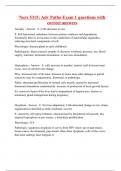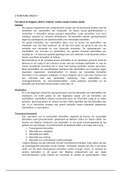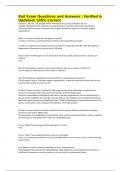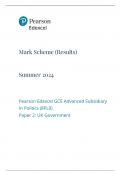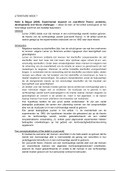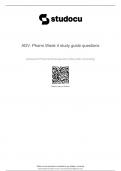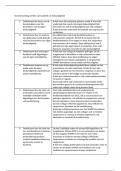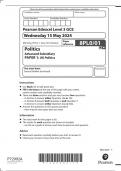Examen
AH2 Exam 1 Study Questions and Answers Graded A+
- Grado
- Institución
A patient with acute shortness of breath is admitted to the hospital. Which action should the nurse take during the initial assessment of the patient? a. Ask the patient to lie down to complete a full physical assessment. b. Briefly ask specific questions about this episode of respiratory dis...
[Mostrar más]




